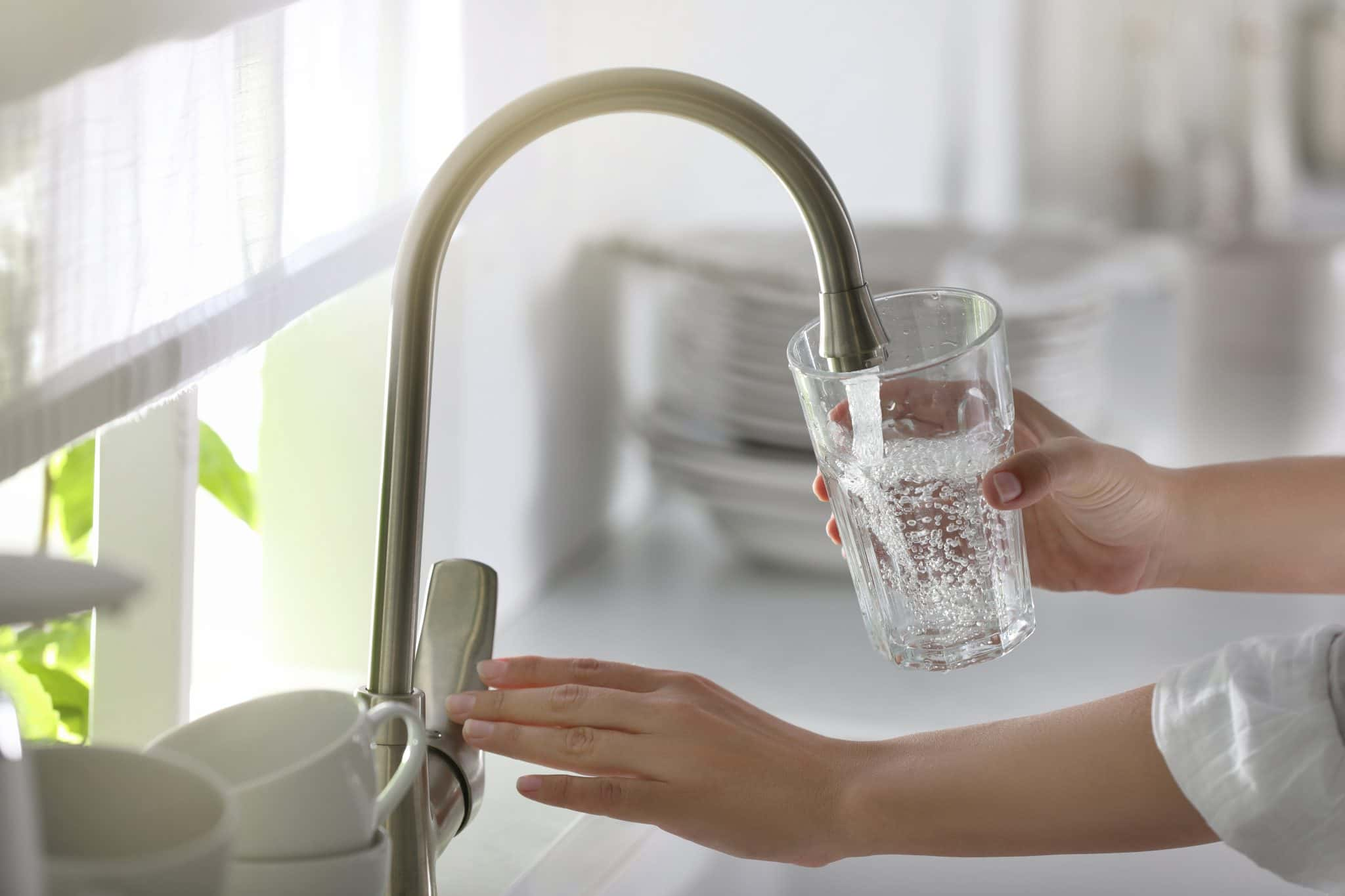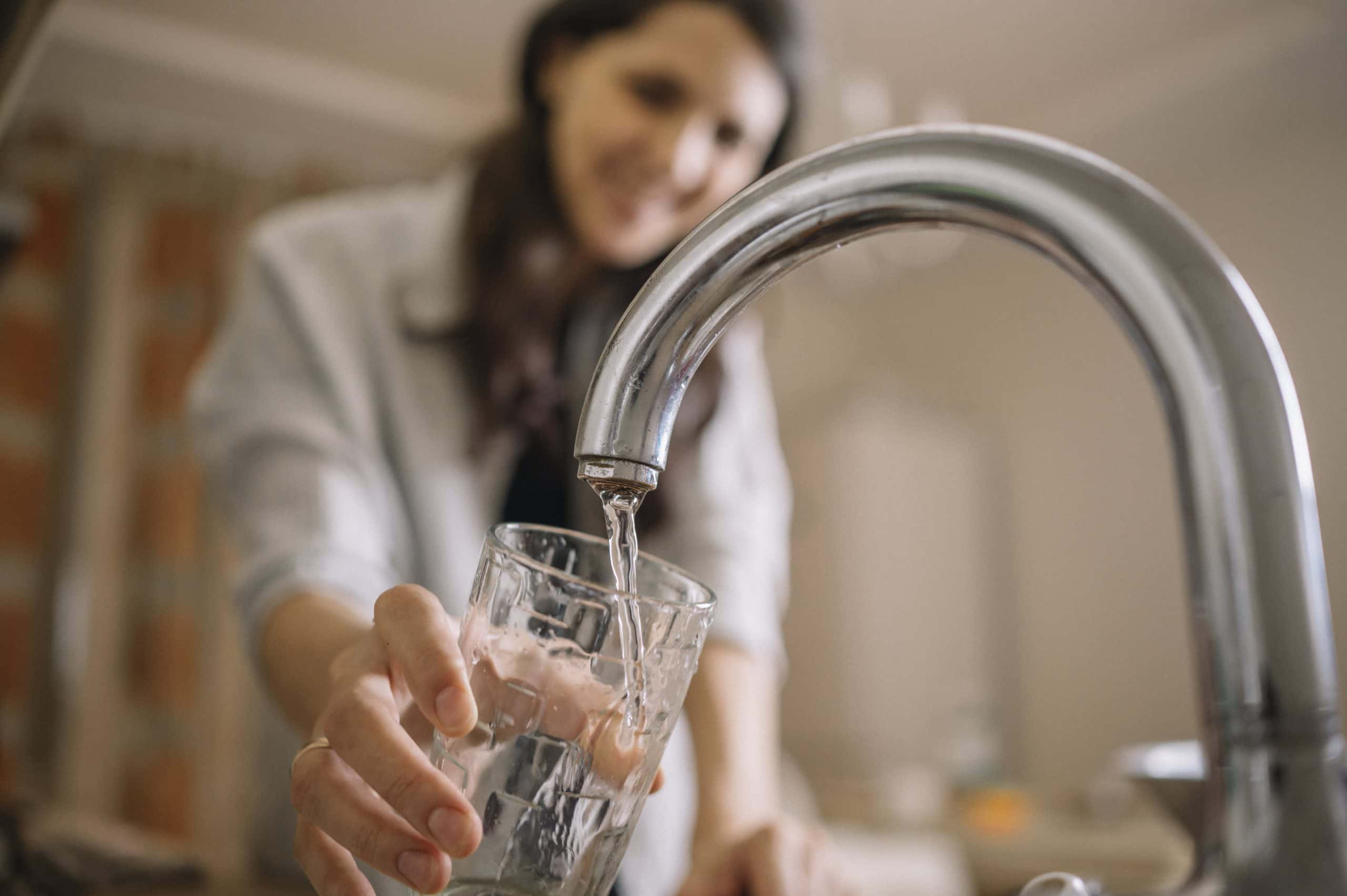Most tap water in Alabama passes federal drinking water regulations, but that doesn’t mean it’s lacking toxins like arsenic, lead, and potentially dangerous disinfection byproducts.
While these chemicals are acceptable to consume in small quantities, the Environmental Working Group claims that the US Environmental Protection Agency’s drinking water rules are “out-of-date” and allow for greater amounts of water contamination than are safe for consumers. In this article, you will be steered into the different Alabama water utilities that have high in contaminants in their water.

Alabama’s main cities, like Montgomery, Birmingham, and Huntsville, had no serious issues with the restrictions, but rural areas did. According to the EWG database, the following Alabama water utilities have the highest breaches (all serve rural areas):
DeKalb-Jackson Water Supply District
DeKalb-Jackson Water Supply District, which provides water to more than 15,000 residents in North Alabama, is one of the Alabama water utilities whose contamination levels surpassed federal and EWG standards. During the previous three years, the firm spent 18 months in “significant violation of federal drinking water standards.”
According to the federal report on these infractions, the water included more total trihalomethanes and haloacetic acids than was legally permitted. Both of these disinfection byproducts have been associated with cancer.
North Clarke Water Authority
Next on our list of most contaminated Alabama water utilities is the North Clarke Water Authority in Thomasville. It serves less than 1,000 people and has been in “significant violation of federal drinking water standards” for nine months in the last three years.
Total trihalomethanes were identified in significant concentrations in the water, which have been related to cancer and harm to the liver, kidneys, neurological, and reproductive systems. Therefore, it is considered one of the contaminated Alabama water utilities.
North Clark Water Authority’s most recent federal violation occurred in 2020, yet its most recently reported data continues to exceed EWG limits for seven chemicals linked to cancer risk, including trihalomethanes, haloacetic acids, and radium.
CWM Water Authority
CWM Water Authority is one of the Alabama water utilities and it serves 1,722 residents in and around Dickinson, a Clarke County unincorporated community.
CWM Water Authority has spent three months in “significant violation of federal drinking water standards,” with high levels of total trihalomethanes, over the last three years.
In addition to such possibly carcinogenic disinfection byproducts, the water exceeded EWG chlorite limits. While chlorite has not been related to cancer, it may cause discomfort in the mouth, esophagus, or stomach.
Centre Water & Sewer Board
This one of the Alabama water utilities, located in the Centre, serves around 7,000 people.
While the Centre Water & Sewer Board has not been in substantial federal violation in the last three years, it does exceed EWG standards for numerous disinfection byproducts associated with cancer or changes in blood chemistry.
Mid-Central Water Authority
Last on our list of the most contaminated water in Alabama water utilities is the Mid-Central Water Authority.
The Mid-Central Water Authority serves 2,331 residents in Fulton and the surrounding area.
Its water included the fewest contaminants of any utility on the list that received EWG violations, but they were present in higher concentrations.
The only pollutants in the water were total trihalomethanes and haloacetic acids, both of which have been linked to an elevated risk of cancer. The reported values were approaching and had already exceeded the federal legal limit.
The Mid-Central Water Authority provides the only majority-Black neighborhood on the list, as well as the one with the greatest poverty rate. Fulton is approximately 53% Black and has a poverty rate of 47.4%.




